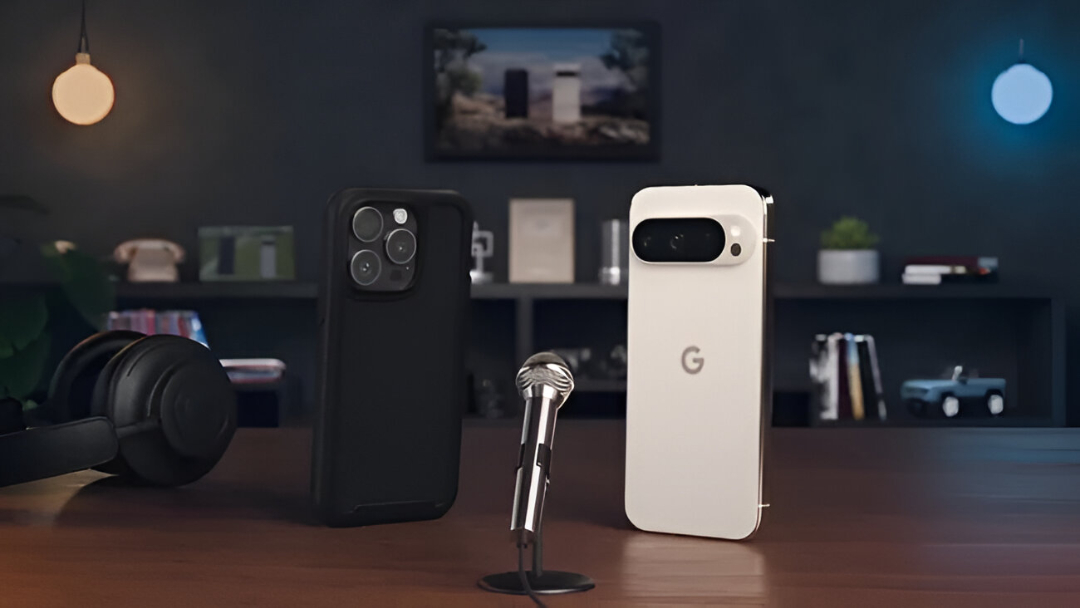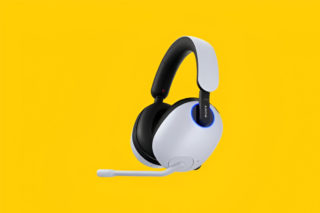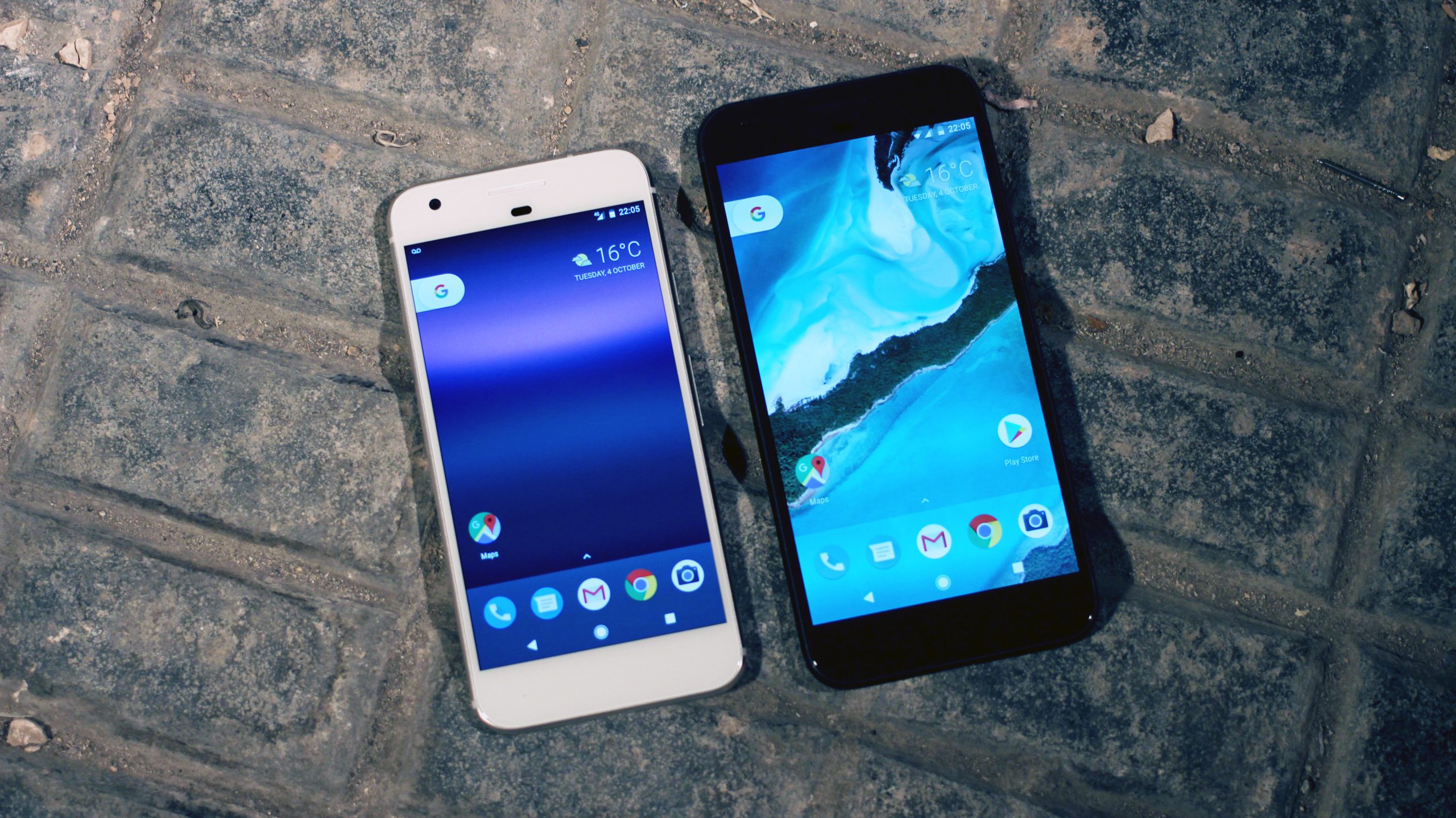Google just fired a friendly but pointed shot across Apple’s bow, publicly calling out iOS 26 for lifting three features straight from Android’s playbook. The accusation came through Google’s official website via its cheeky #BestPhonesForever campaign, but behind the humor lies a legitimate gripe about who invented what first. This copying debate is more predictable than your Netflix algorithm, yet it highlights how Apple’s game-changing features are already shaking up the competition.
The “Borrowed” Features That Started This Fight
Live translations across multiple apps headline Google‘s complaints. Your Pixel has been translating text in real-time since 2021, while Apple‘s version just dropped with iOS 26. Hold Assist, which keeps your spot in call queues, appeared on Pixels back in 2020. Call screening for unknown numbers? Google introduced that gem in 2018. For more on this feature, see Live Translate on Google Pixel.
These aren’t subtle similarities either. Apple‘s implementations work almost identically to their Android counterparts, just wrapped in iOS‘s signature polish.
Apple’s Strategic “Inspiration” Playbook
Here’s where things get interesting: Apple rarely invents features from scratch anymore. The company excels at taking existing concepts and perfecting them until they feel native to iPhone. Remember widgets? Android had those years before iOS 14. Dark mode? Same story. It’s giving “I invented this” energy when your friend clearly showed you the hack first.
What Apple Does Better:
- Seamless integration across all apps and services
- Consistent user experience that doesn’t feel tacked-on
- Privacy-first approach to feature implementation
- Visual polish that makes features feel more refined
- Better accessibility options for users with disabilities
Why This “Copying” Actually Benefits You
Competition breeds innovation, even when that innovation involves strategic borrowing. When Apple adopts Android features, it forces Google to push harder on the next breakthrough. When Google calls out Apple publicly, it reminds everyone who thought of what first.
Your wallet wins either way. Whether you’re Team iPhone or Team Android, you’re getting battle-tested features that have proven their worth across millions of users. Apple’s live translation might arrive fashionably late, but it’ll probably work without the quirks that plagued early Android versions.
Apple typically responds to such accusations with diplomatic silence, focusing instead on implementation quality over innovation timelines. The company’s standard approach involves highlighting its “privacy-first” and “seamless integration” advantages rather than defending originality claims.
Innovation in mobile tech has shifted from revolutionary breakthroughs to perfecting existing ideas. Google deserves credit for pioneering these features, but Apple earns recognition for making them work seamlessly for mainstream users who just want their phone to handle basic tasks without requiring a computer science degree. This highlights the only features that actually matter from Google I/O 2025.
The real winners? Users who benefit from this competitive cycle, regardless of which ecosystem they choose.






























